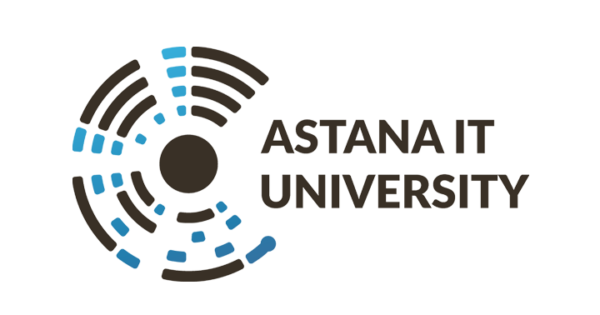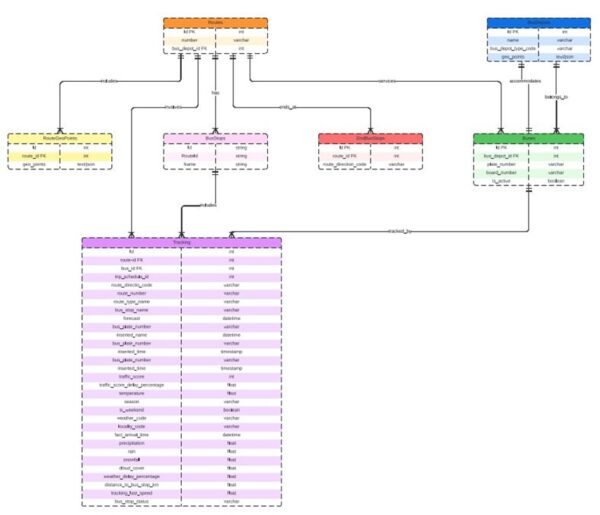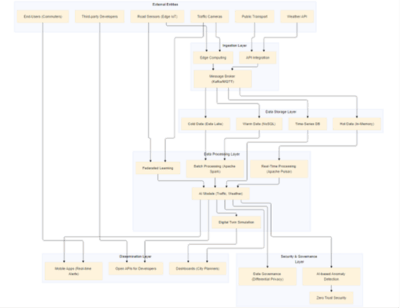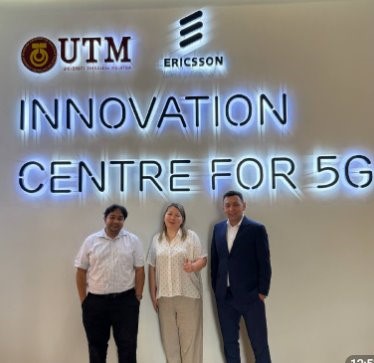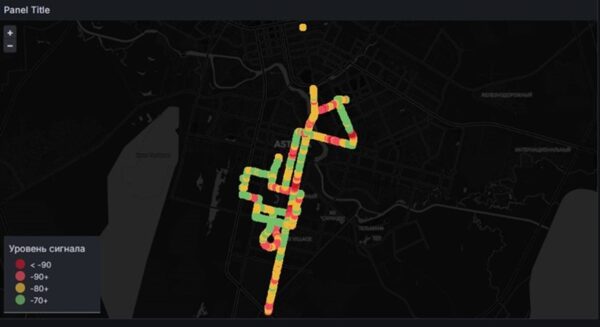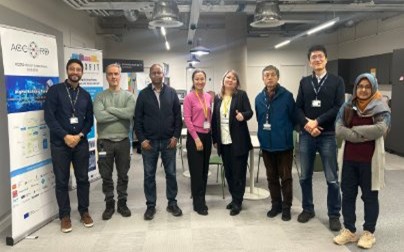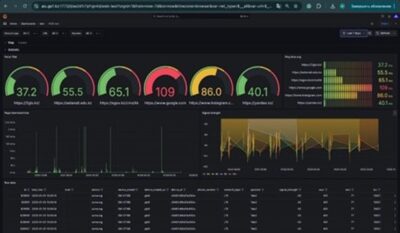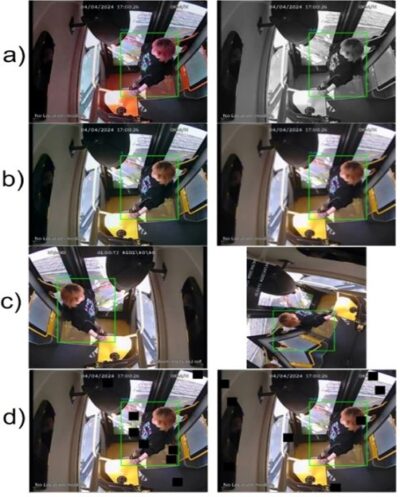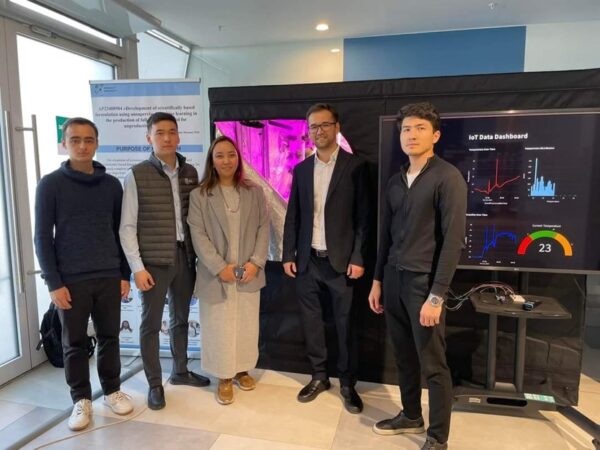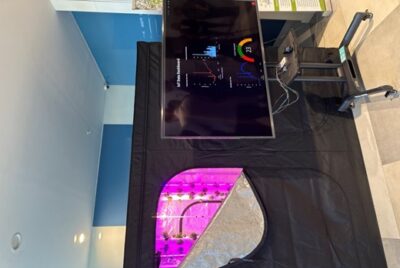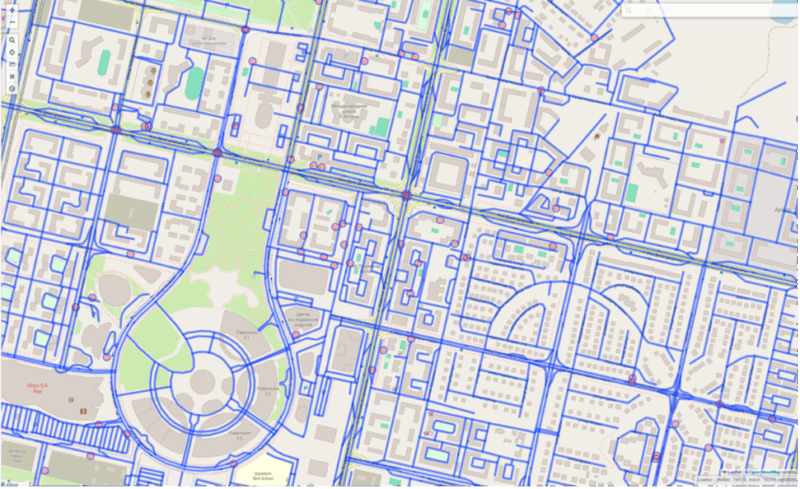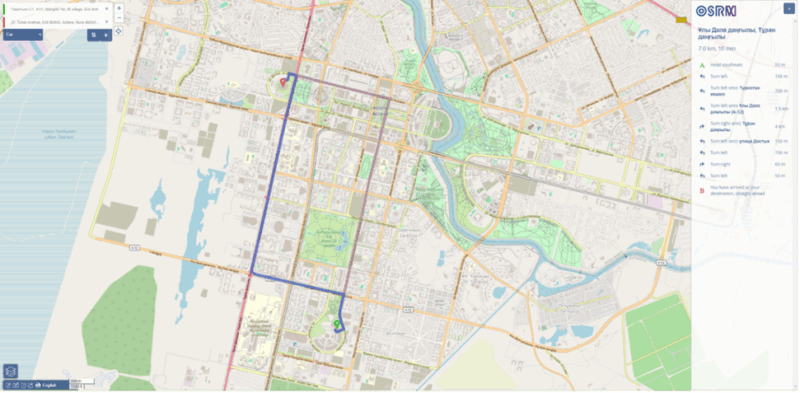For 2024:
1.1 Comparative analysis of urban data collection methods was conducted, with an emphasis on transport and multi-domain sources.
2.1 Planning and analysis for improving 5G reliability in dense urban areas were completed.
2.2 The MobTest simulation model for evaluating network quality was developed and tested.
2.3 AI models for mobility management and big data analysis were researched and implemented.
3.1 A review of machine learning algorithms for facial recognition was conducted.
3.2 A model for data collection and preparation for video surveillance systems was developed.
4.1 A digital vertical farming system with sensors and cloud analytics was implemented.
4.2 Cultivation and collection of beet and tarragon microgreens samples were performed.
5.1 Wireless network vulnerabilities were analyzed, and testing methods were proposed.
5.2 Attacks on IoT networks were simulated; vulnerabilities were identified, and protective measures were proposed.
6.1 A review of solutions for building a Smart City platform was completed.
6.2 The architecture of the Smart City platform was developed.
7.1 6 articles were published in journals recommended by the CQAEAS.
For 2025:
1.2 A database of multi-domain transport data in a unified format was created.
2.4 A communication quality monitoring environment was implemented, and an AI sample was prepared.
2.5 AI models for predicting and optimizing network transmission were implemented.
3.3 Neural network architectures for accurate facial recognition were optimized.
4.3 Physicochemical parameters and safety of microgreens were investigated.
4.4 Up to 10 cultivation cycles were conducted on the vertical farm, and samples were collected for analysis.
5.3 A methodology for assessing the security of IoT networks using graphs was developed.
5.4 A tool for wireless network penetration testing was created.
6.3 A prototype of the Smart City digital platform’s core was created.
7.2 11 articles were published in CQAEAS journals from January to June 2025.
7.3 5 articles were published in Scopus/Web of Science (Q1/Q2) publications.
7.4 4 software product certificates were registered in the Republic of Kazakhstan.
Successful defense of 1 PhD dissertation was confirmed.
Successful defense of 7 Master’s dissertations was confirmed.
